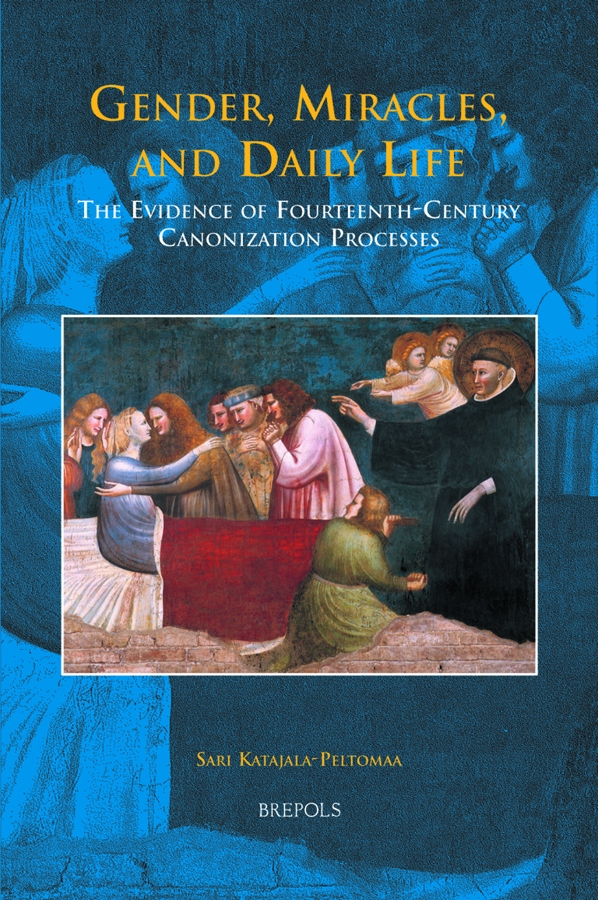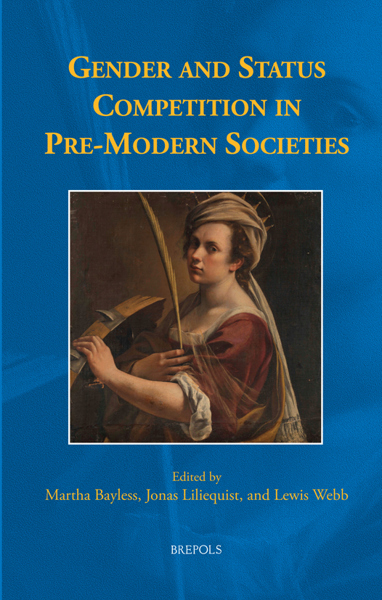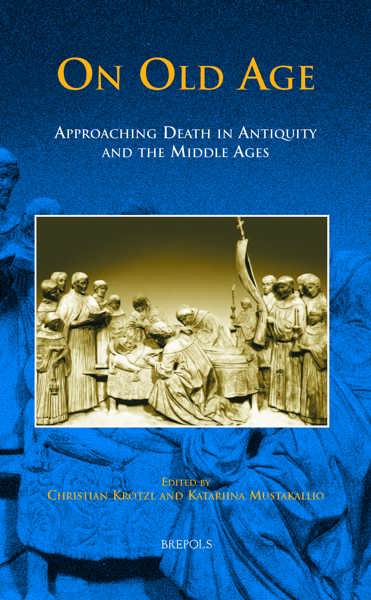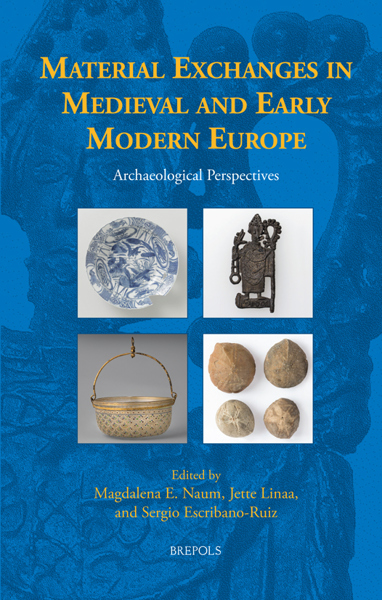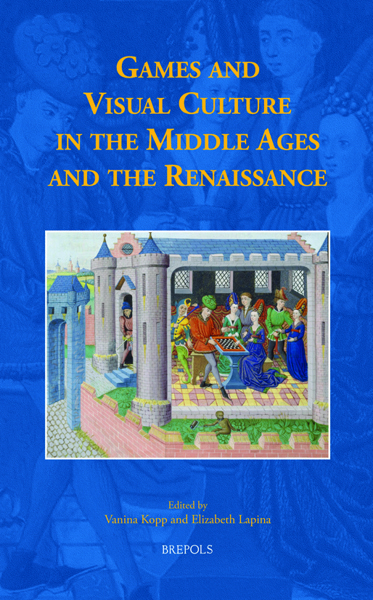
Gender, Miracles, and Daily Life
The Evidence of Fourteenth-Century Canonization Processes
Sari Katajala-Peltomaa
- Pages: 312 p.
- Size:156 x 234 mm
- Language(s):English, Latin
- Publication Year:2009
- € 75,00 EXCL. VAT RETAIL PRICE
- ISBN: 978-2-503-52958-5
- Hardback
- Available
- € 75,00 EXCL. VAT RETAIL PRICE
- ISBN: 978-2-503-55832-5
- E-book
- Available
"Katajala-Peltomaa proposes a thorough, involved and convincing reading of the evidence." (Karen Stöber, in The Journal of Ecclesiastical History 62/3, July 2011, p. 599)
"Katajala-Peltomaa adroitly weaves together the themes of gender, the miraculous and daily life and the three strands are mutually illuminating and meaningfully interactive. [...] This book is also methodologically cohesive; the decision to build case studies out of the cases in Hereford and Tolentino works effectively, there being enough differences in the progression of each case to make for rewarding comparison." (Marcus Harmes, in Parergon 27.2, 2010, p. 241)
"This book has much to commend it to medievalists interested in the plethora of details associated with the high medieval cult of the saints. One of its many virtues is its accessibility to the non-Latin reader, opening the often colorful texts of the canonization processes. [...] It is copiously documented, with many of its notes containing not just source citations but also significant elaborations." (W. Trent Foley, in Church History 80/3, September 2011, 658)
CONTENTS
Abbreviations vii
Acknowledgements ix
Introduction 1
Chapter 1. Selection of Witnesses 23
and Formation of Canonization Processes
Chapter 2. Vagaries of Everyday Life: Spheres of Invocation 71
Chapter 3. After Grace Was Gained: Expressions of Gratitude 161
Chapter 4. Depositions and Memories of Miracles 247
Conclusions 289
Select Bibliography 301

